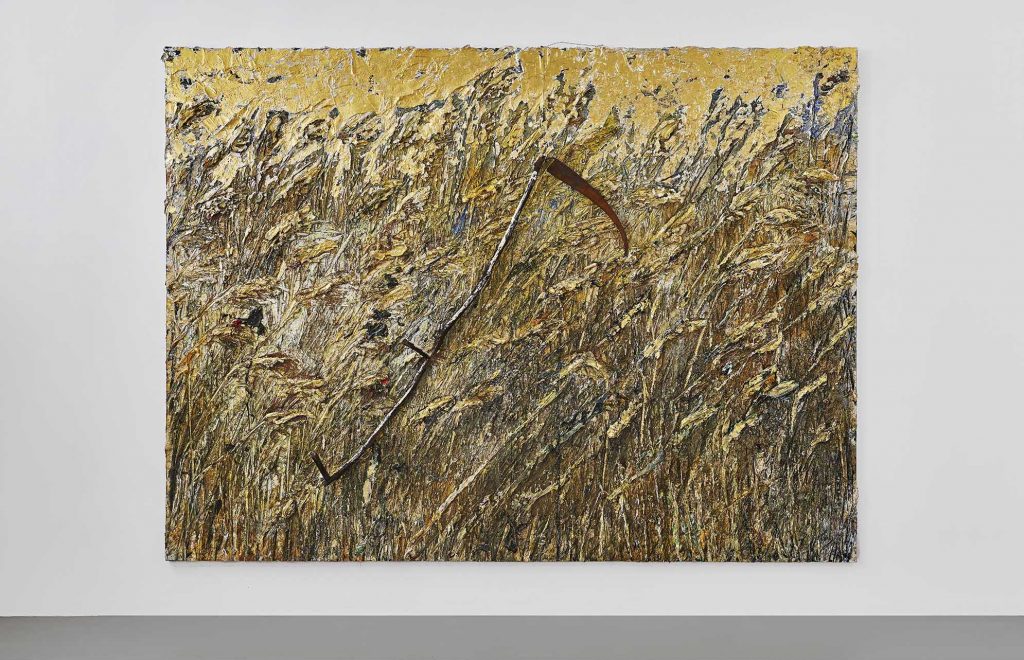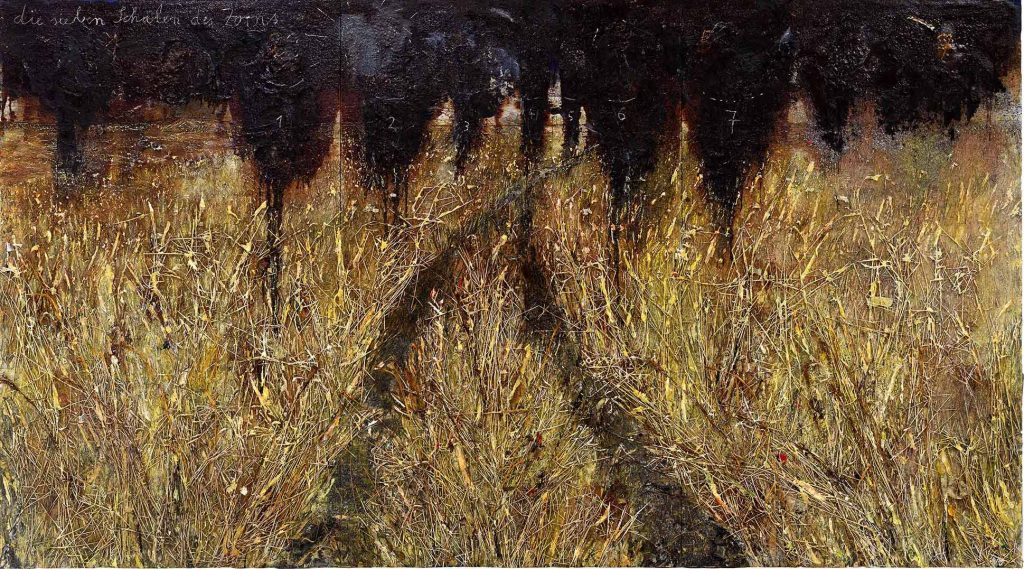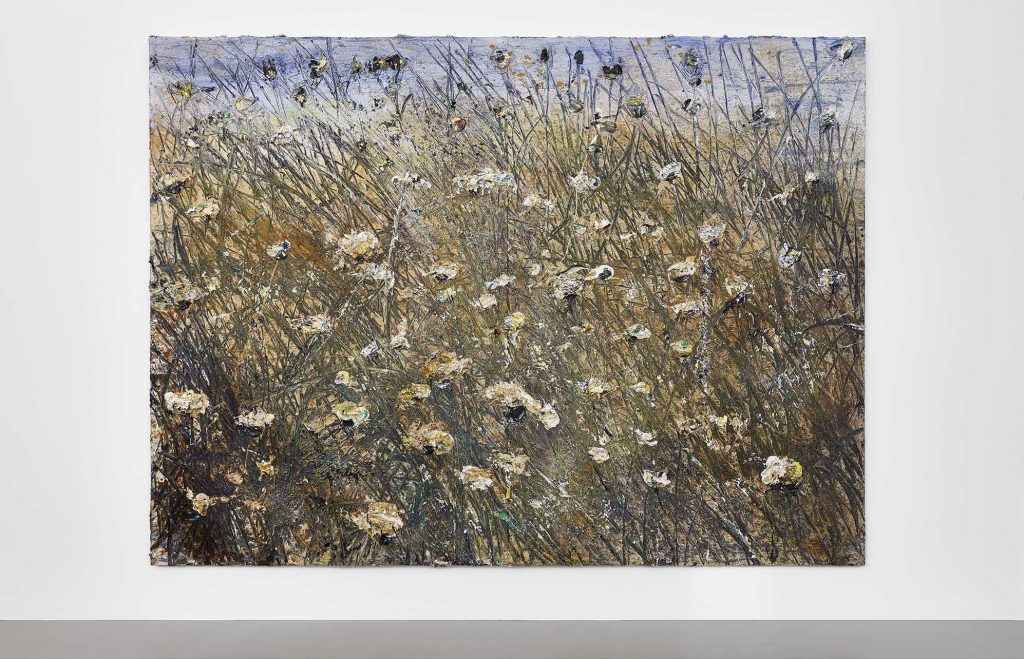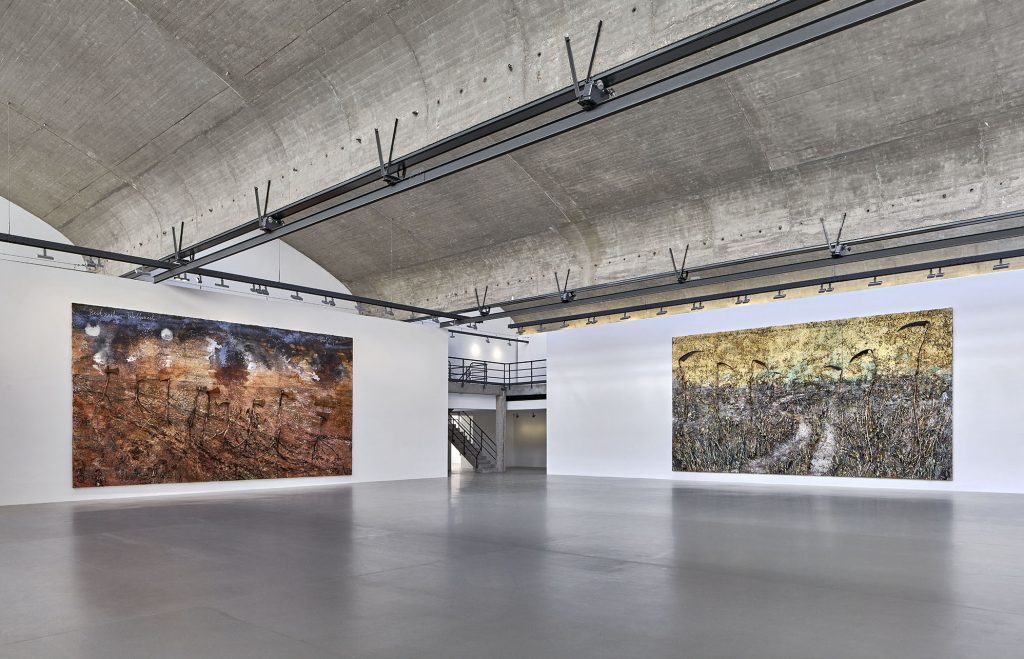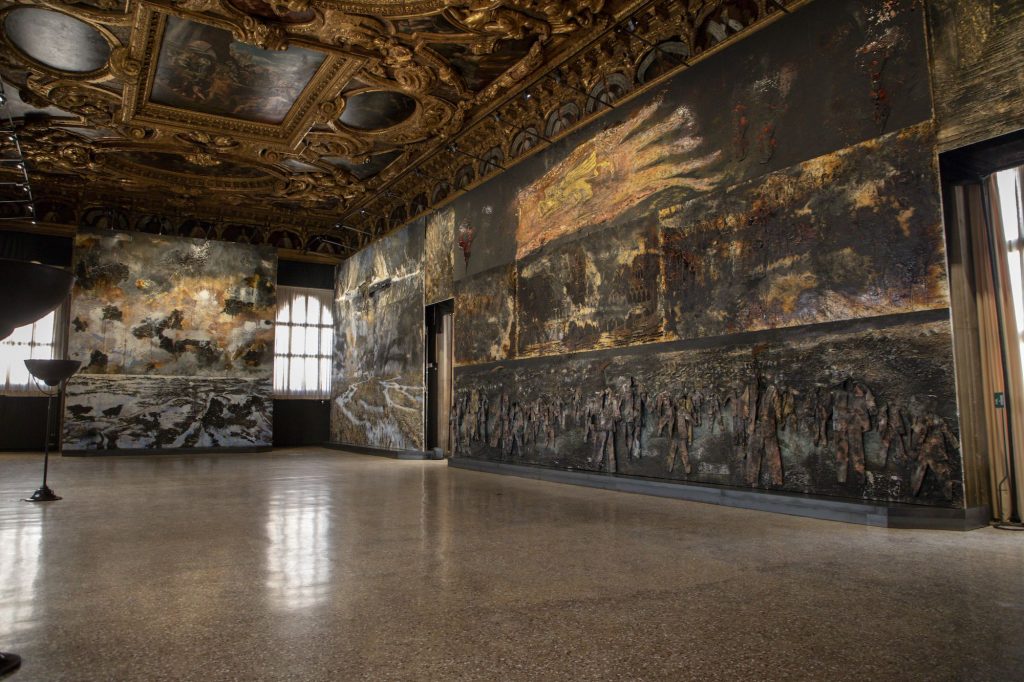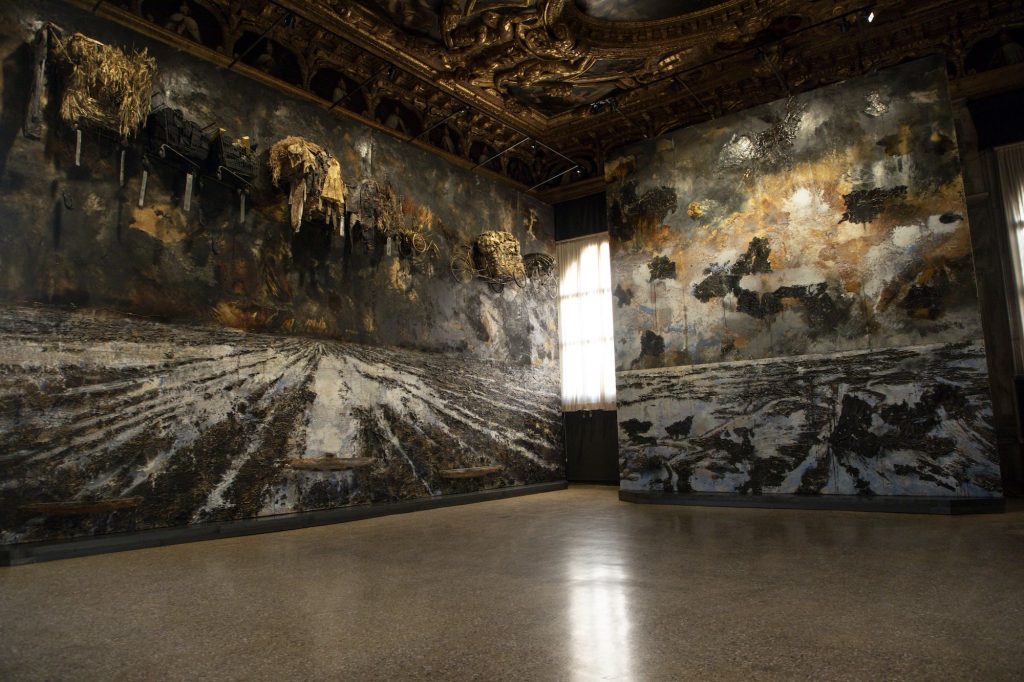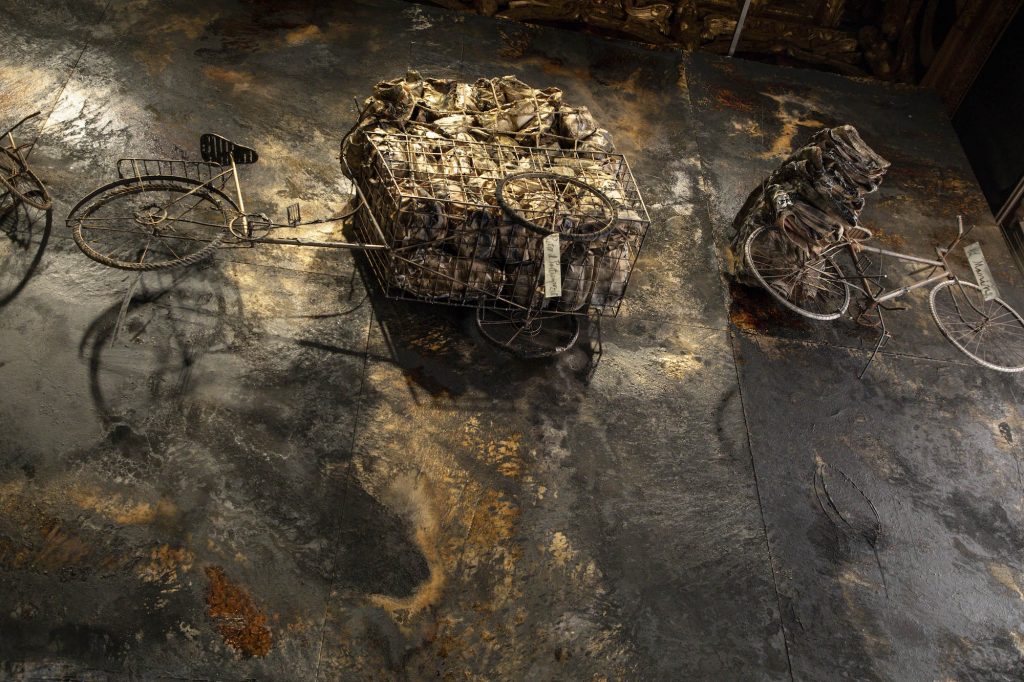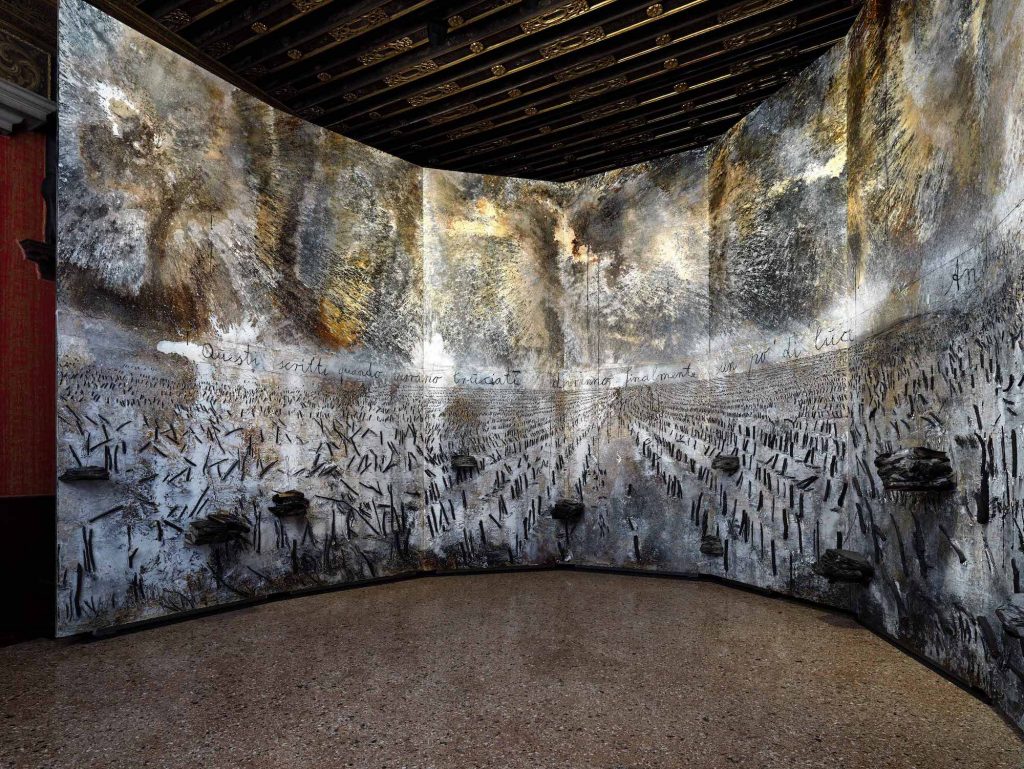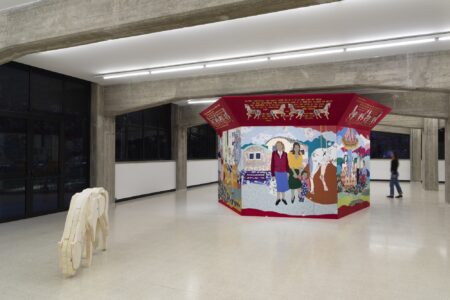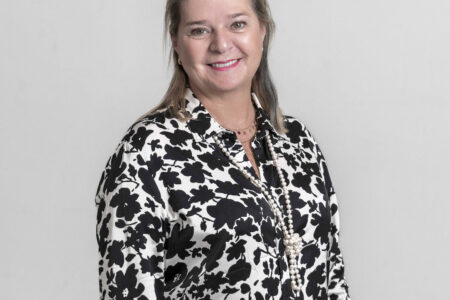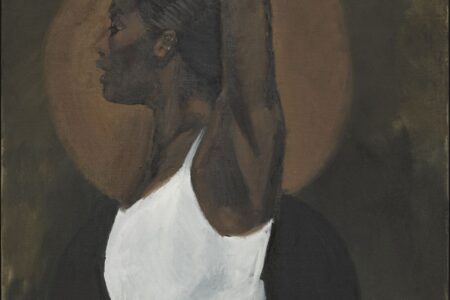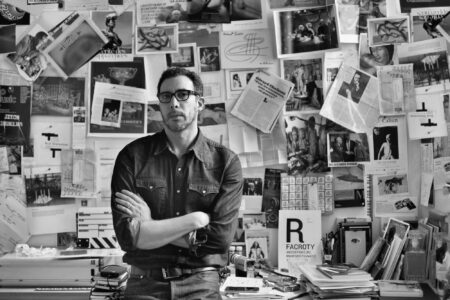
Anselm Kiefer: The Epiphany of Gold
From the exhibition “Field of the Cloth of Gold” at Gagosian, Le Bourget in 2021, to the installation of monumental paintings at the Palazzo Ducale (Doge’s Palace), which runs until November 2022 as part of the Venice Biennale, Anselm Kiefer takes us on a journey through his own metaphysics.
From the exhibition “Field of the Cloth of Gold” at Gagosian, Le Bourget in 2021, to the installation of monumental paintings at the Palazzo Ducale (Doge’s Palace), which runs until November 2022 as part of the Venice Biennale, Anselm Kiefer takes us on a journey through his own metaphysics. Borrowing the title from a text by the Venetian philosopher Andrea Emo (1901-1983): “Questi scritti, quando verrano bruciati, daranno finalmente un po’ di luce” (“These writings, once burned, will finally give light”), the German artist transcends space, inviting the viewer to experience a story that is both tragic and illuminating. The painter’s apocalyptic force surrenders itself to a veritable battlefield between the luminous and abysmal colour palette, the thick brushwork and the accumulation of material on the surface of the canvas, which becomes a concretion of successive layers, between figuration and anti-naturalism. The landscapes painted “in memoriam” by Paul Celan (1920-1970), for the exhibition at Le Bourget, reveal extraordinary textures against a golden sky. The narrative is complex and directly related to the subject of the end of the world. The paintings reveal committed subjects, including a tribute to Van Gogh and especially to the drama experienced by Celan and his native Ukraine. The landscapes are charred (Malen = Verbrennen), desecrating the sublime visions inherited from German Romanticism. Yet in all his work, Kiefer needs a counterweight, a re-enchantment and spiritual renewal. This is where gold comes into its own. In The Morgenthau Plan (2021), his books are made of silver emulsion on gold leaf, as are his canvases, which are enhanced by mixed media of oil, acrylic, fabric, wood and other materials ennobled by the brilliance of its immateriality: “The ruins are the beginning of something new. The beginning, not the end.” Kiefer also quotes this poem by Celan – referring to the territory of the Ukraine in 1944, which even to- day is experiencing absolute tragedy in its black lands, the breadbasket of Europe, whose harvests are being sacked and destroyed: “the ears of the night are born in hearts and heads, and a word spoken by the scythes brings them to life.”
The feeling is strange, but quite similar to the cathartic feeling experienced in front of the paintings exhibited at Gagosian, Le Bourget, when one enters the Sala dello Scrutinio of the Doge’s Palace following an initiatory path that starts with the ascent of the sumptuous Golden Staircase (“Scala d’Oro”). This cultural heritage is full of collective memory. It symbolises the grandeur of Venetian history and is the scene of a chaotic spectacle depicted in Kiefer’s immense paintings, which show us both hell and heaven. What if Venice burned down, disappeared? We are all worried about that. Renowned Italian artists such as Bellini, Carpaccio, Titian, Veronese and Tintoretto painted, told and perpetuated on its walls, scenes celebrating the power and beauty of the Serenissima. The archive of a Republic of Venice that, in addition to its splendour and grandeur, Anselm Kiefer sees above all as an extraordinary crossroads between East and West. Here he echoes Goethe’s “Faust” (1832). The story is very different from Celan’s, but it is a quest for light, for a flame that defies the ashes of human history… in a sun that meets the darkness.
Anselm Kiefer, Questi scritti, quando verrano bruciati, daranno finalmente un po’ di luce, Palazzo Ducale, Sala dello Scrutino, Venice, 26.3-29.10.2022
Gagosian, Le Bourget: photos by Thomas Lannes, Courtesy of Gagosian
Palazzo Ducale: photos by Georges Poncet, Courtesy Gagosian & Fondazione Musei Civici Venezia
@gagosian
gagosian.com
This article originally appeared in TLmag37: L’age d’or / State of Gold
